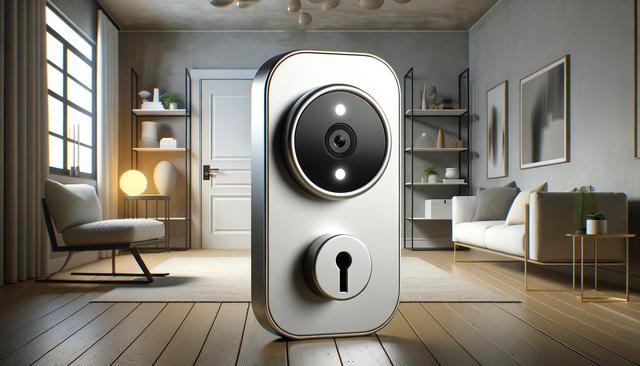Establish a Dedicated Workspace
Creating a designated workspace is one of the most effective ways to stay focused while working from home. This doesn’t necessarily mean you need a home office, but having a specific area that is solely used for work helps your brain associate that space with productivity. Whether it’s a corner of your living room or a quiet nook in your bedroom, the goal is to minimize distractions. Important elements of a productive workspace include:
- A comfortable chair and ergonomic desk setup
- Good lighting, preferably natural light
- Minimal noise and clutter
- Essential tools and supplies within reach
By setting up a dedicated workspace, you create a physical boundary between your personal and professional life, helping to reduce distractions and increase efficiency.
Stick to a Routine
Maintaining a consistent daily routine can significantly boost your productivity. Working from home can blur the lines between work and personal life, but a structured schedule helps you maintain balance. Start your day at the same time each day, and plan out your work hours, breaks, and end-of-day rituals. A stable routine reinforces discipline and encourages a strong work ethic. Consider the following routine components:
- Morning rituals like exercise or meditation
- Scheduled breaks to recharge
- Defined lunch hours
- Clear end-of-day shutdown routine
By building and adhering to a routine, you signal to your brain when it’s time to focus and when it’s time to relax, which in turn supports long-term productivity.
Use Tools to Stay Organized
Digital tools can help manage tasks, track time, and enhance communication when working remotely. Applications for to-do lists, calendars, and project management can bring structure to your day and help you prioritize effectively. Some valuable tools to consider include:
- Task management apps for organizing your to-dos
- Time-tracking tools to improve awareness of how your time is spent
- Video conferencing platforms for team meetings
- Cloud-based document sharing for collaboration
Using these resources helps you stay connected with team members, meet deadlines, and reduce the mental load of juggling multiple responsibilities.
Set Boundaries with Others
One of the challenges of working from home is managing interruptions from family or housemates. Setting clear expectations about your work hours and availability is crucial. Communicate openly with those you live with so they understand when you should not be disturbed. You can also set boundaries by:
- Using visual cues like headphones to signal you’re working
- Posting a schedule on your door or fridge
- Creating ‘do not disturb’ periods during deep work time
Respecting your own boundaries and asking others to do the same creates a supportive environment in which you can thrive professionally while still being present at home.
Take Care of Your Well-Being
Your physical and mental health has a direct impact on your productivity. When working from home, it can be easy to neglect breaks, skip meals, or overwork. Prioritizing wellness helps you stay energized and focused. Here are a few strategies:
- Schedule regular breaks to stretch or walk
- Stay hydrated and eat balanced meals
- Practice mindfulness or relaxation techniques
- Maintain social connections through virtual chats or calls
By taking care of your well-being, you support sustainable productivity and prevent burnout, ultimately leading to better performance and greater job satisfaction.
Conclusion
Staying productive while working from home takes more than just good intentions—it requires thoughtful planning, clear boundaries, and consistent self-care. By establishing a dedicated workspace, sticking to a routine, using helpful tools, setting clear boundaries, and taking care of your well-being, you can create a work-from-home setup that supports both your professional and personal goals. With the right approach, remote work can be both effective and fulfilling.


